Over time, the sink drain plug in your bathroom may become damaged or worn out. This can lead to leaks, clogs, and an overall unattractive appearance in your bathroom. If you notice any of these issues, it may be time to consider replacing your drain plug. 1. Why You May Need to Replace Your Bathroom Sink Drain Plug
When it comes to replacing your bathroom sink drain plug, there are a few different types to choose from. The most common are pop-up drains, push-pull drains, and lift-and-turn drains. Each type has its own unique mechanism for opening and closing the drain, so it's important to choose the right one for your sink. 2. Different Types of Sink Drain Plugs
Before you start the replacement process, make sure you have all the necessary tools on hand. This may include a pair of pliers, a screwdriver, and possibly a wrench. It's also a good idea to have a bucket or towel nearby to catch any excess water that may come out during the process. 3. Tools You'll Need for Replacement
The first step in replacing your bathroom sink drain plug is to remove the old one. Depending on the type of drain you have, this may involve unscrewing it, pulling it out, or using pliers to loosen it. Once the old drain plug is removed, make sure to clean the area thoroughly before installing the new one. 4. Removing the Old Drain Plug
Now it's time to install the new drain plug. This process will vary depending on the type of drain you have, but in general, you'll need to insert the new plug and secure it in place with screws or other mechanisms. Make sure to follow the instructions carefully to ensure a proper installation. 5. Installing the New Drain Plug
If you have a pop-up or push-pull drain, you may need to adjust the drain stopper to make sure it opens and closes properly. This may involve adjusting the length of the connecting rod or adjusting the position of the stopper itself. Make sure to test the drain several times to ensure it is working correctly. 6. Adjusting the Drain Stopper
To help prolong the life of your new drain plug, it's important to practice proper maintenance. This may include regularly cleaning the drain and stopper, using a drain hair catcher to prevent clogs, and avoiding pouring harsh chemicals down the drain. By taking these steps, you can help ensure that your new sink drain plug will last for years to come. 7. Proper Maintenance for Your New Drain Plug
While replacing a sink drain plug may seem like a simple task, it can be more complicated than it appears. If you encounter any difficulties during the process or are unsure about how to proceed, it's best to call a professional plumber for assistance. They have the knowledge and expertise to handle any issues that may arise. 8. When to Call a Professional
The cost of replacing your bathroom sink drain plug will vary depending on the type of drain you have, the materials used, and whether you hire a professional or do it yourself. In general, a basic replacement can cost anywhere from $20 to $100, while a more complex replacement may cost upwards of $300. 9. Cost of Replacement
Overall, replacing your bathroom sink drain plug can have a number of benefits. It can help prevent leaks and clogs, improve the appearance of your bathroom, and increase the functionality of your sink. Plus, with proper maintenance, your new drain plug can last for many years, making it a worthwhile investment for any homeowner. 10. Benefits of Replacing Your Sink Drain Plug
Why You Should Consider Replacing Your Bathroom Sink Drain Plug

Aesthetics and Functionality
 If you've noticed that your bathroom sink drain plug is not functioning properly or has become worn and unsightly, it may be time to consider replacing it. Not only does a malfunctioning drain plug make it difficult to properly drain water from your sink, but it can also negatively impact the overall aesthetics of your bathroom. A chipped or rusted drain plug can be an eyesore, while a new and functional one can add a touch of elegance to your bathroom design.
If you've noticed that your bathroom sink drain plug is not functioning properly or has become worn and unsightly, it may be time to consider replacing it. Not only does a malfunctioning drain plug make it difficult to properly drain water from your sink, but it can also negatively impact the overall aesthetics of your bathroom. A chipped or rusted drain plug can be an eyesore, while a new and functional one can add a touch of elegance to your bathroom design.
Preventing Clogs and Leaks
 An old or damaged bathroom sink drain plug can also lead to frequent clogs and leaks. Over time, hair and debris can get trapped in the drain plug, causing it to become clogged and slow down the draining process. This can be a major inconvenience and may even lead to costly plumbing repairs. By replacing your drain plug, you can prevent clogs and leaks, keeping your sink and pipes in good working condition.
An old or damaged bathroom sink drain plug can also lead to frequent clogs and leaks. Over time, hair and debris can get trapped in the drain plug, causing it to become clogged and slow down the draining process. This can be a major inconvenience and may even lead to costly plumbing repairs. By replacing your drain plug, you can prevent clogs and leaks, keeping your sink and pipes in good working condition.
Upgrade to a Water-Saving Drain Plug
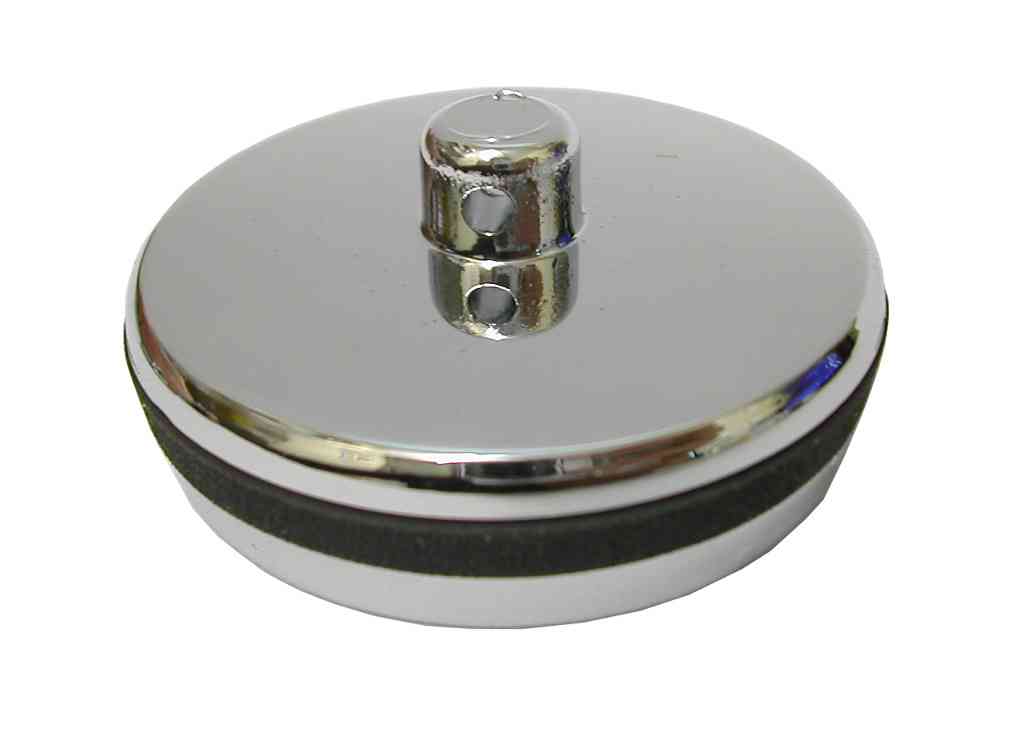 Did you know that there are now water-saving drain plugs available on the market? These innovative drain plugs are designed to reduce water usage by allowing you to control the amount of water that flows through your sink drain. This not only helps to conserve water, but it can also save you money on your water bill. So, not only will you be upgrading the look and functionality of your sink, but you'll also be making an environmentally-friendly choice.
Did you know that there are now water-saving drain plugs available on the market? These innovative drain plugs are designed to reduce water usage by allowing you to control the amount of water that flows through your sink drain. This not only helps to conserve water, but it can also save you money on your water bill. So, not only will you be upgrading the look and functionality of your sink, but you'll also be making an environmentally-friendly choice.
Easy to Install
 Replacing a bathroom sink drain plug may seem like a daunting task, but it's actually a relatively simple and straightforward process. Most new drain plugs come with easy-to-follow instructions and can be installed in just a few simple steps. You'll likely only need a few basic tools and a little bit of time to complete the installation.
Replacing a bathroom sink drain plug may seem like a daunting task, but it's actually a relatively simple and straightforward process. Most new drain plugs come with easy-to-follow instructions and can be installed in just a few simple steps. You'll likely only need a few basic tools and a little bit of time to complete the installation.
Final Thoughts
 In conclusion, replacing your bathroom sink drain plug is not only a practical and functional decision, but it can also enhance the overall design of your bathroom. With a variety of options available on the market, you can choose a drain plug that fits your personal style and needs. Don't let a worn or malfunctioning drain plug continue to be a nuisance in your bathroom – consider replacing it today for a more functional and visually appealing sink.
In conclusion, replacing your bathroom sink drain plug is not only a practical and functional decision, but it can also enhance the overall design of your bathroom. With a variety of options available on the market, you can choose a drain plug that fits your personal style and needs. Don't let a worn or malfunctioning drain plug continue to be a nuisance in your bathroom – consider replacing it today for a more functional and visually appealing sink.



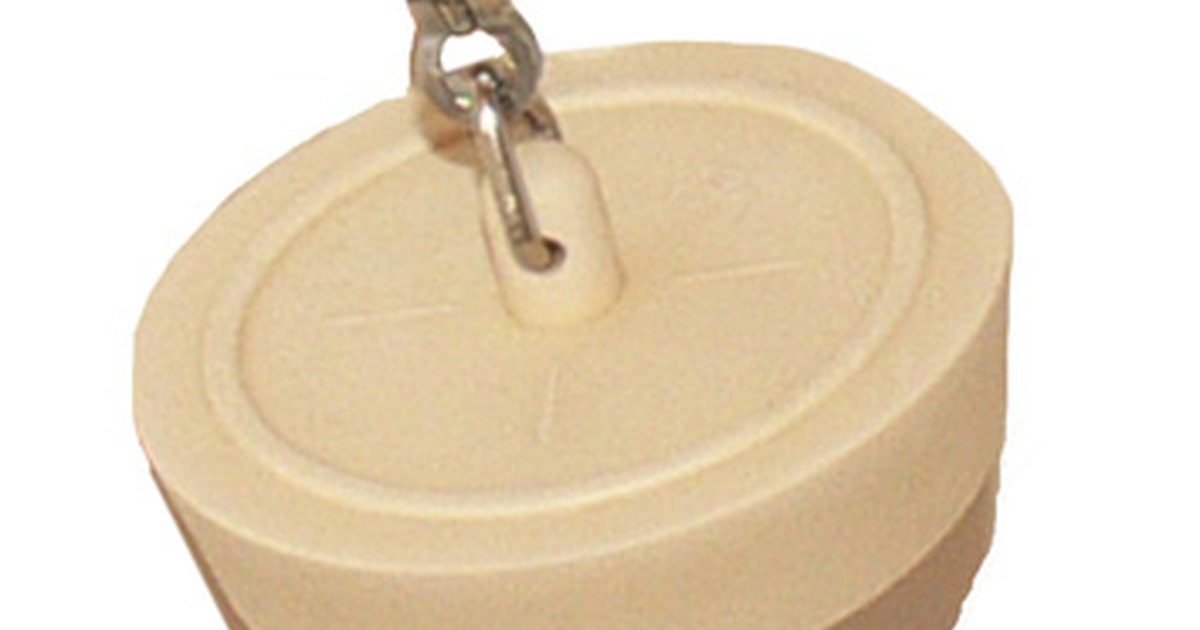





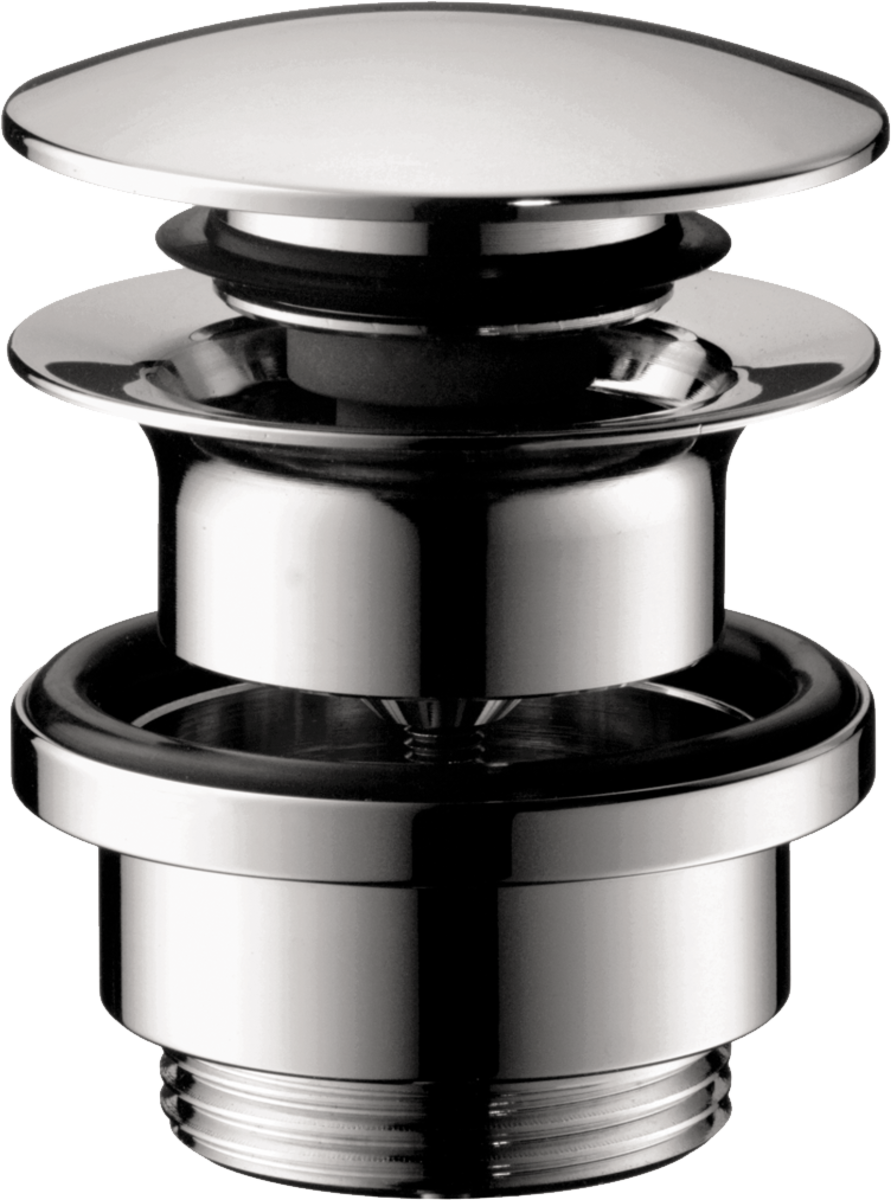











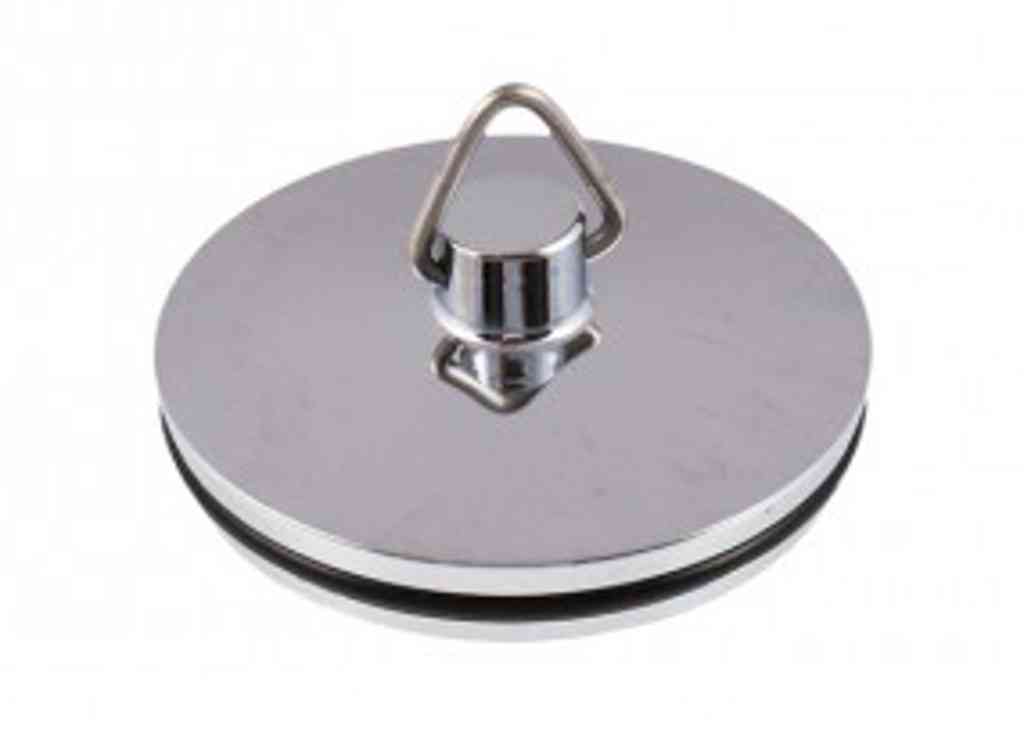
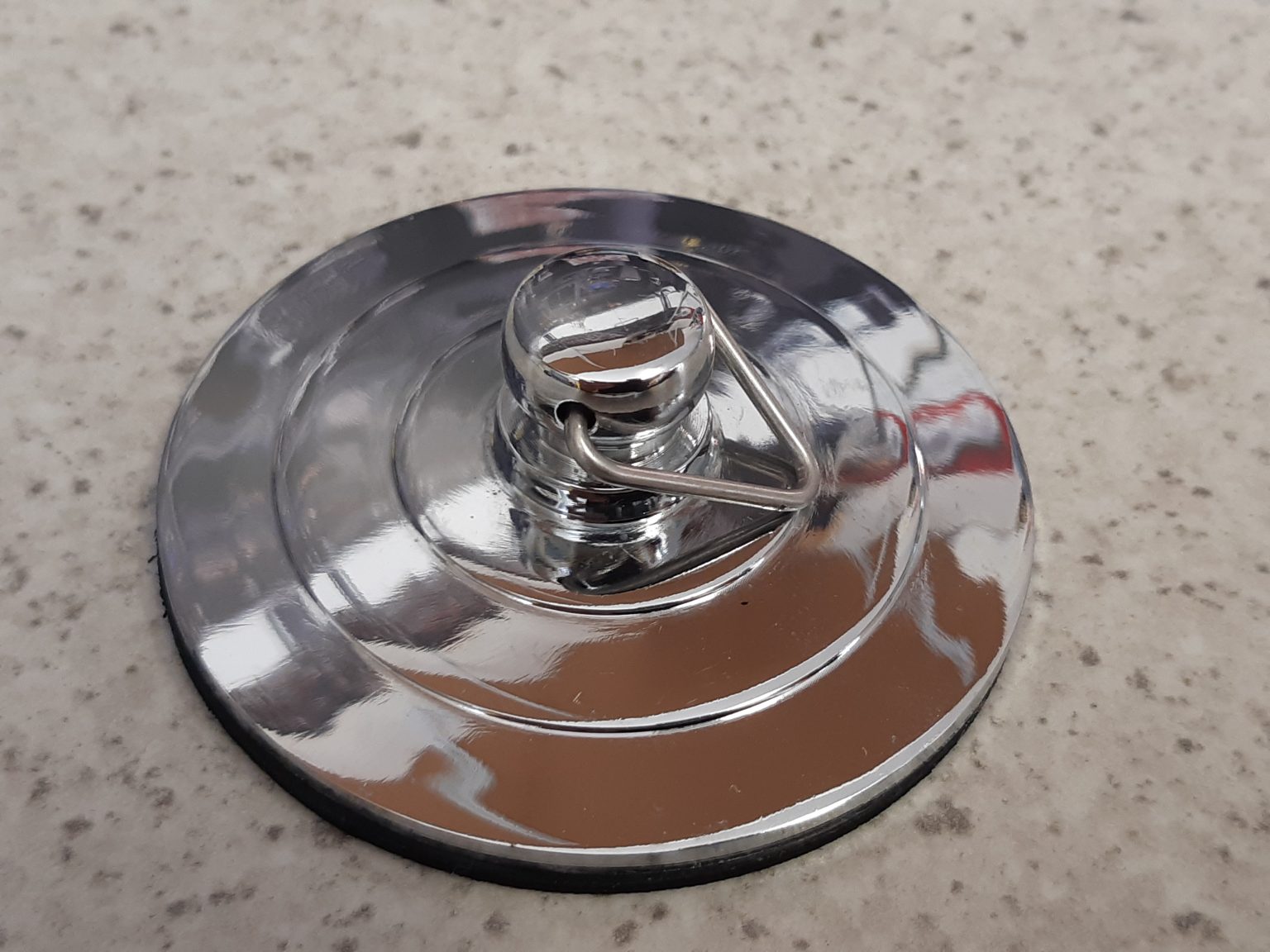




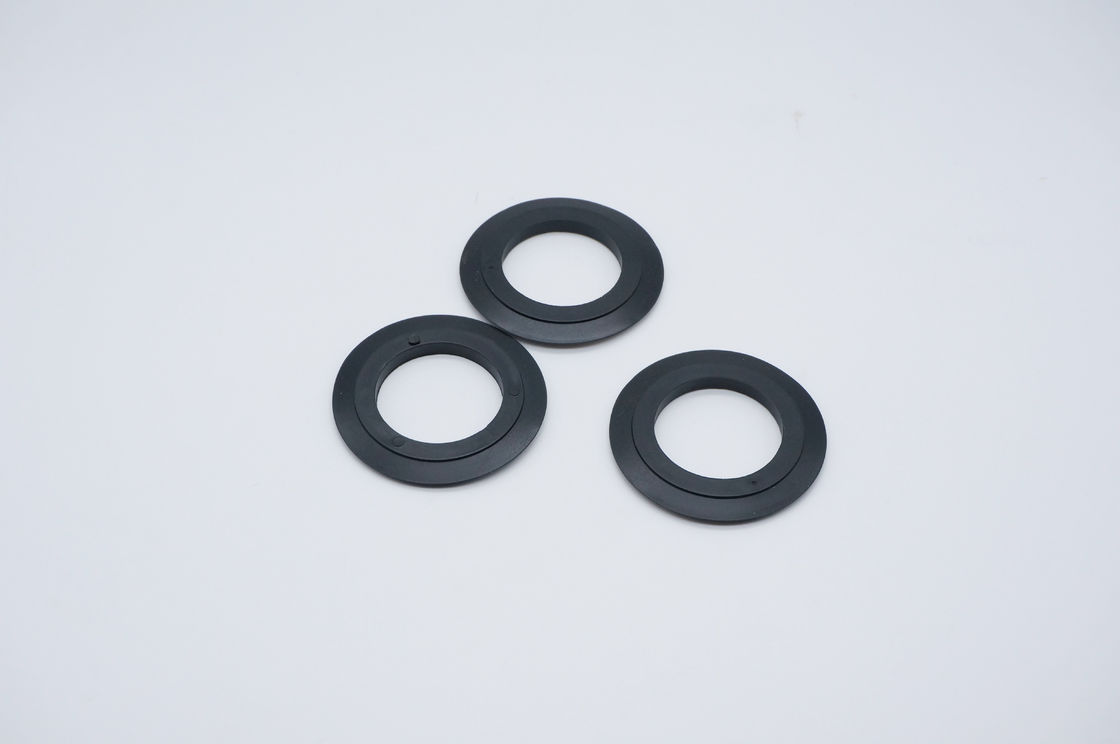



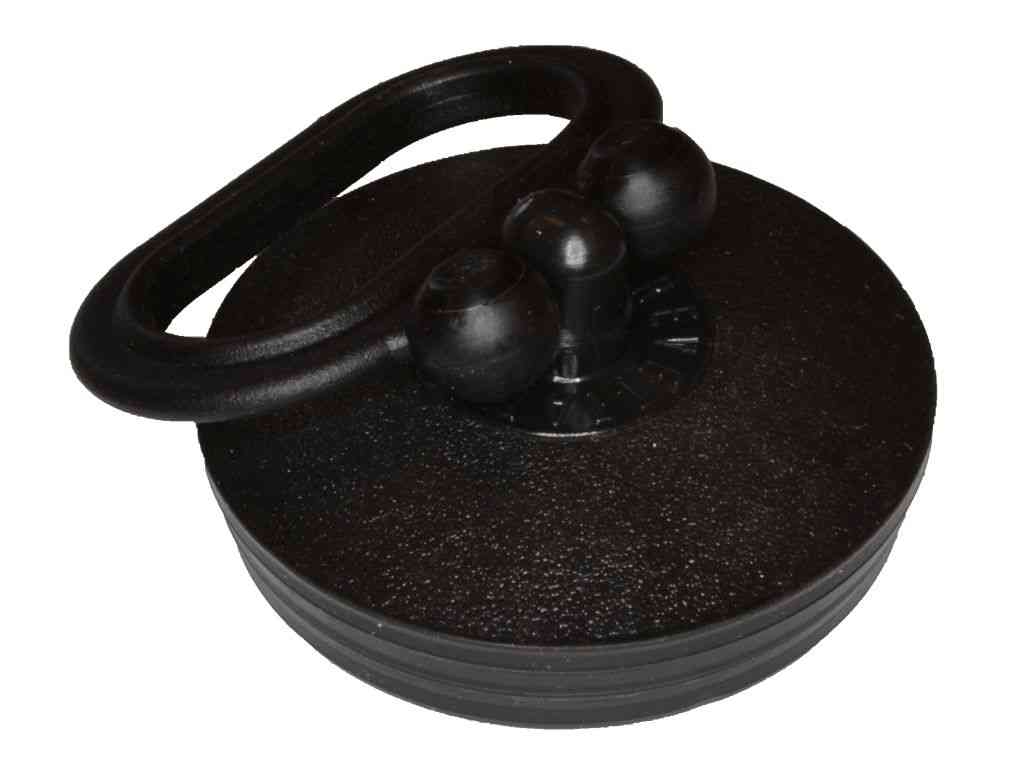
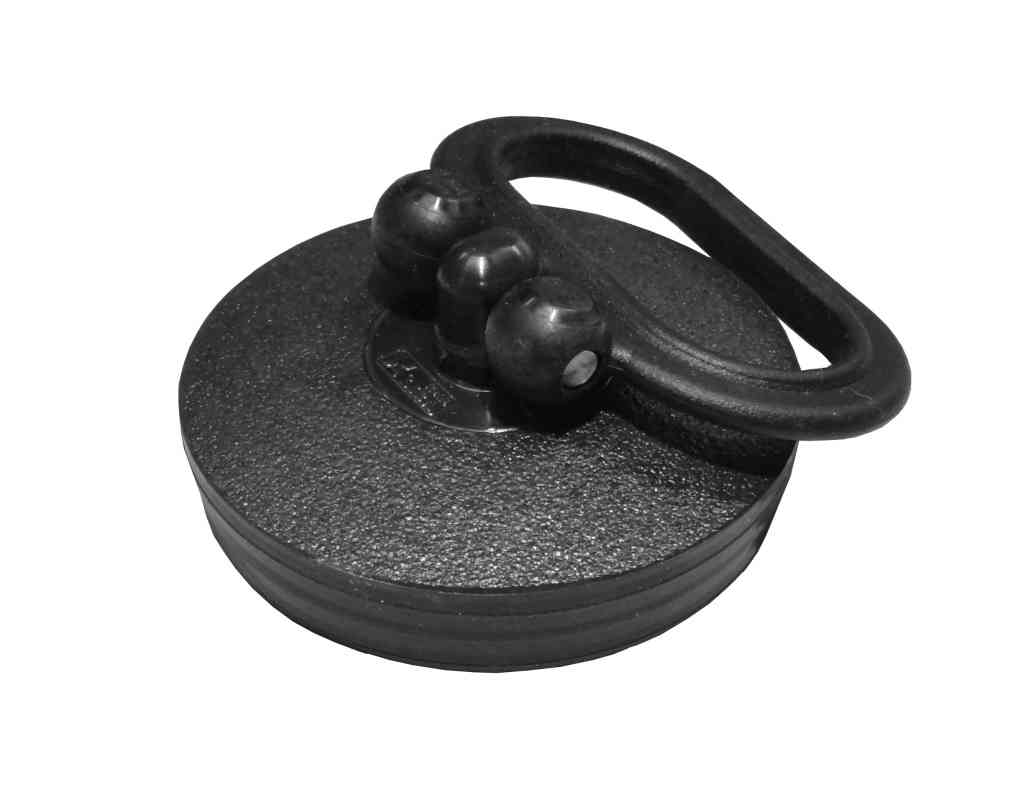


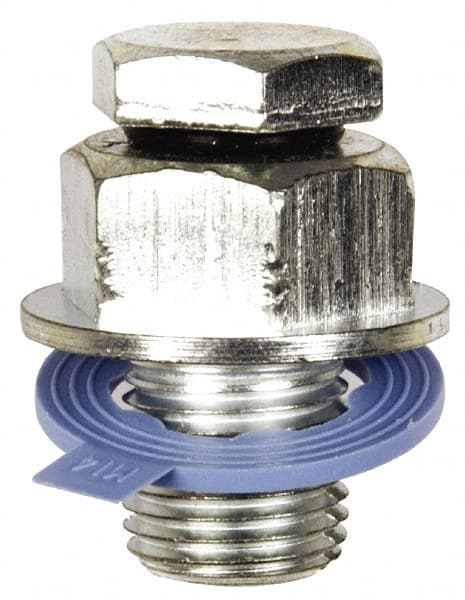
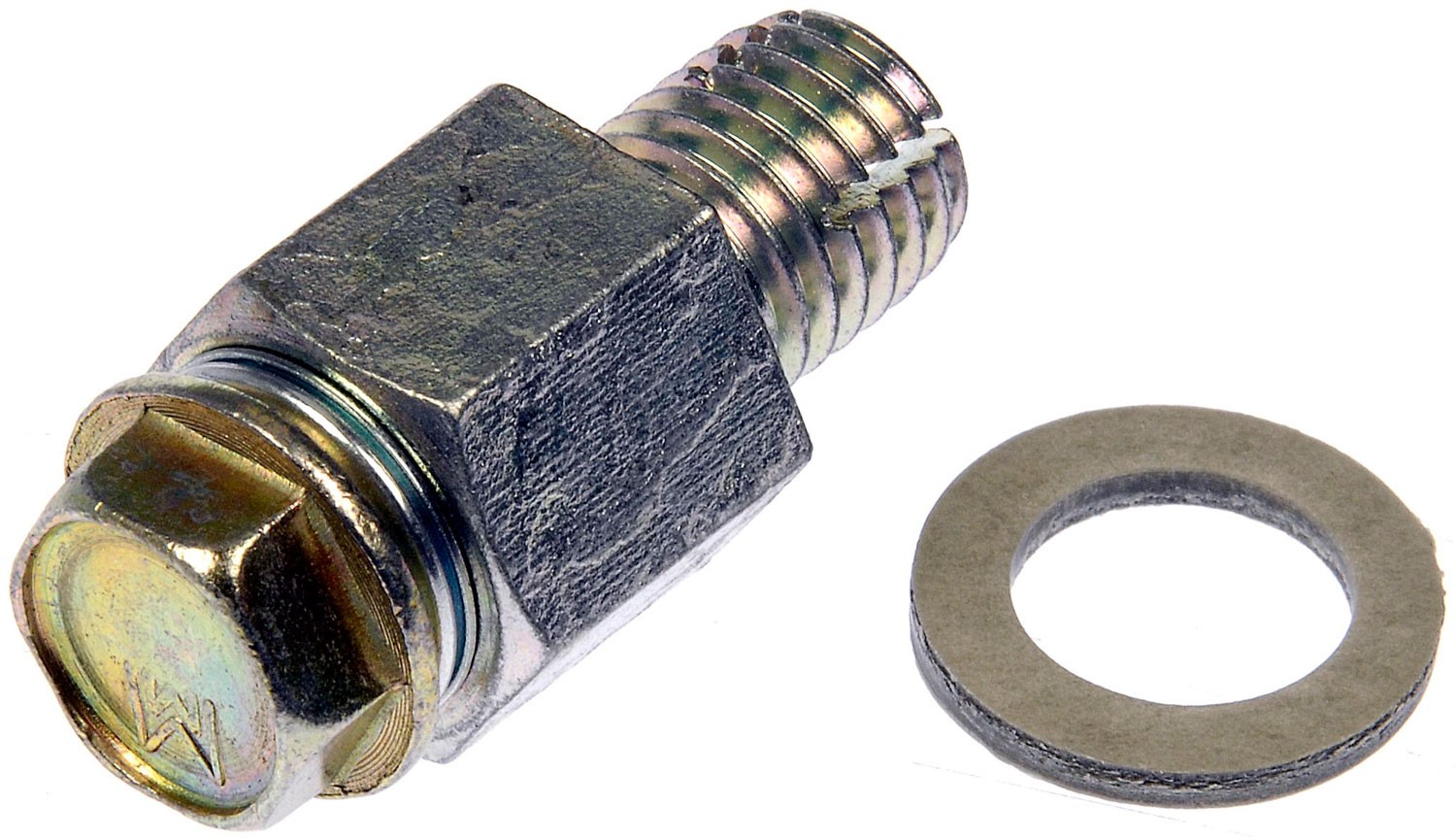
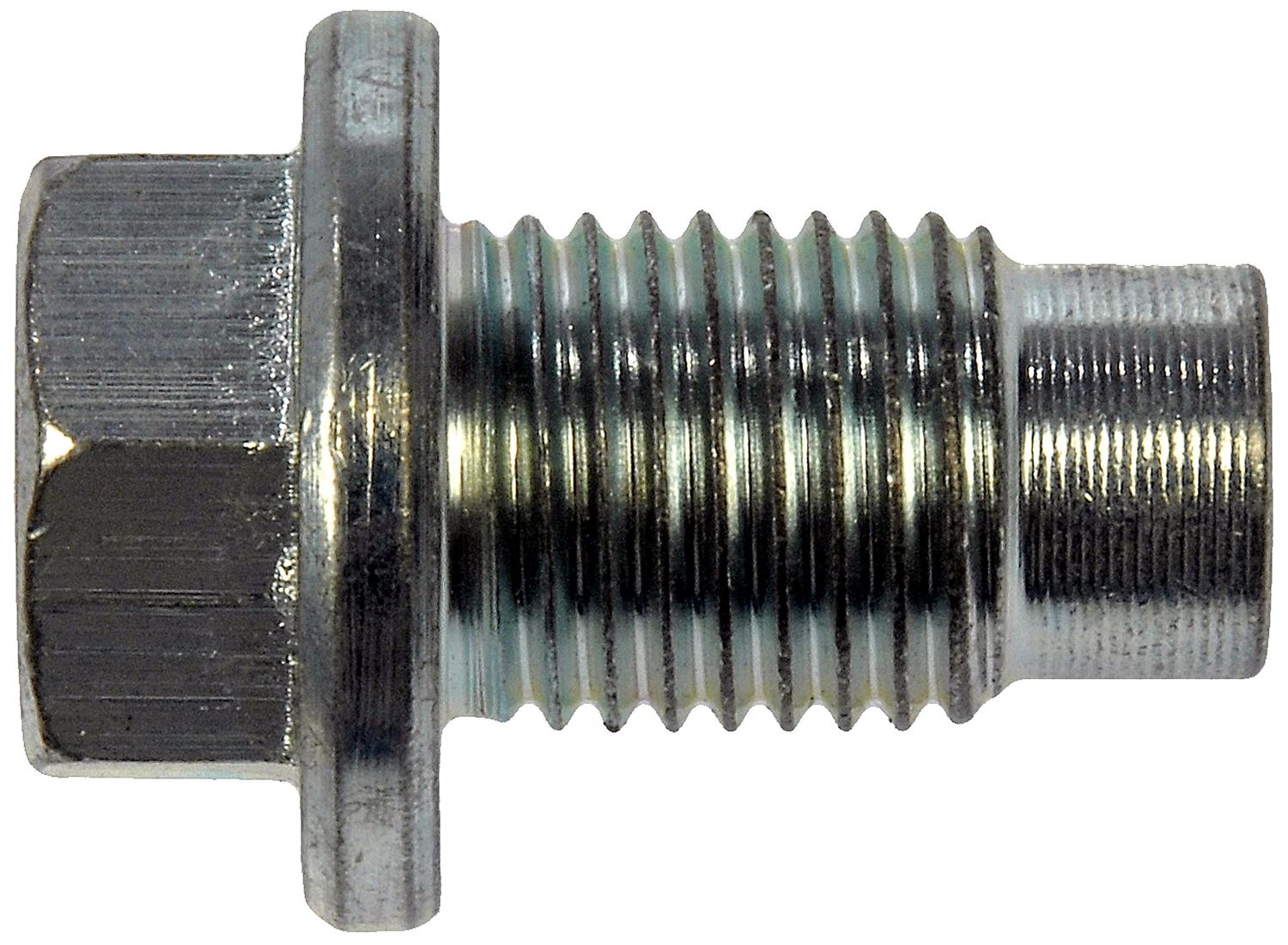
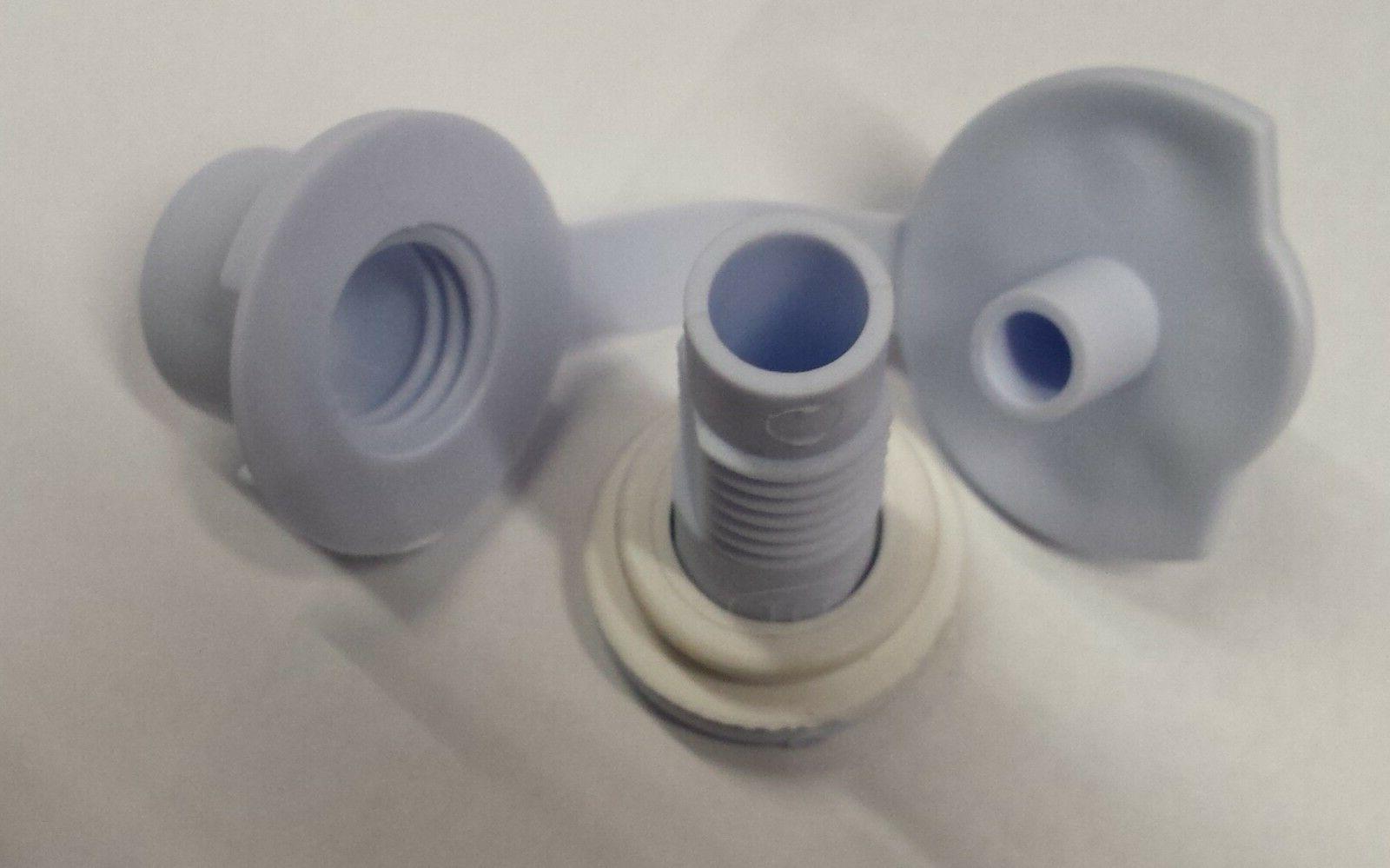

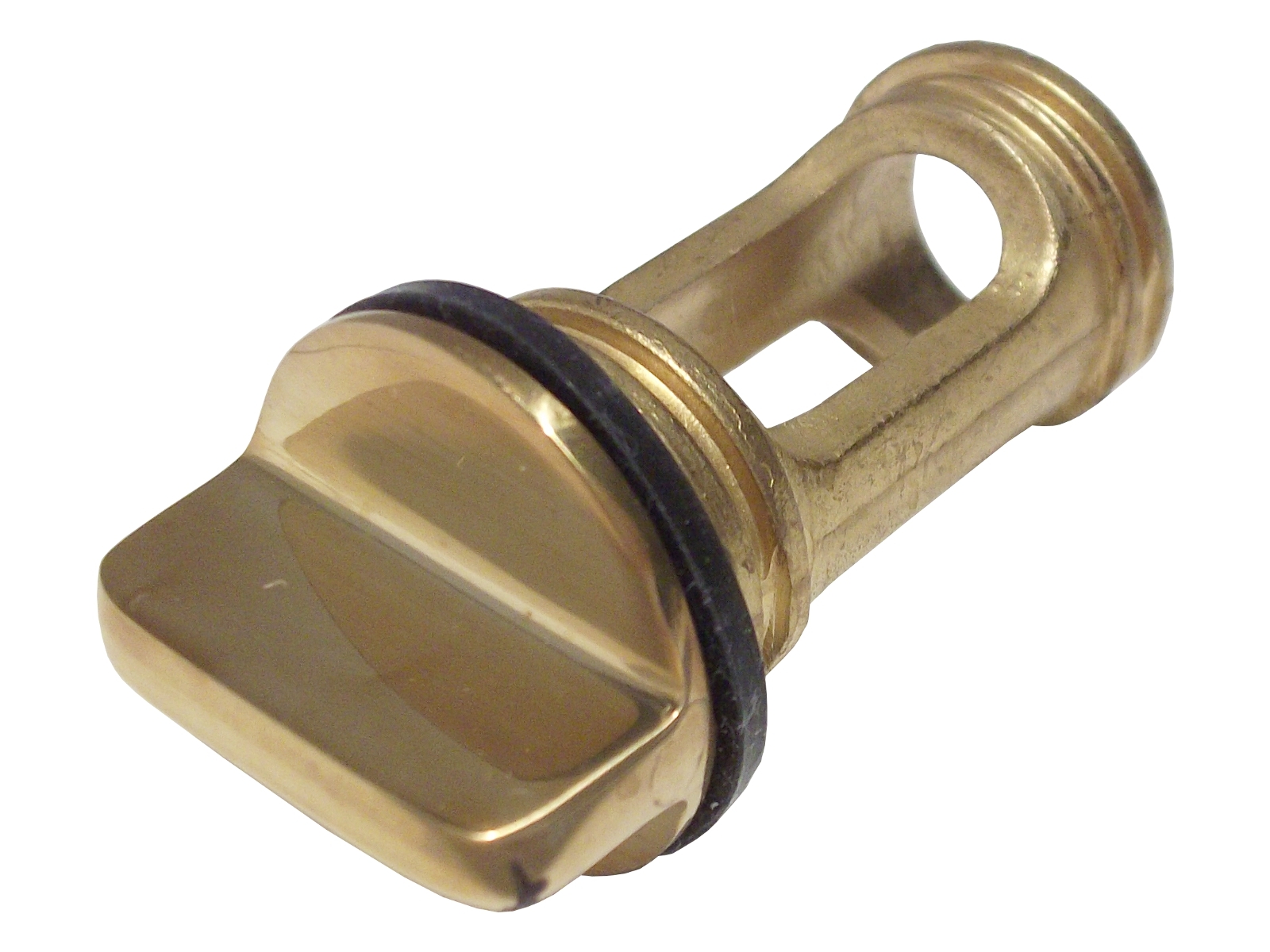

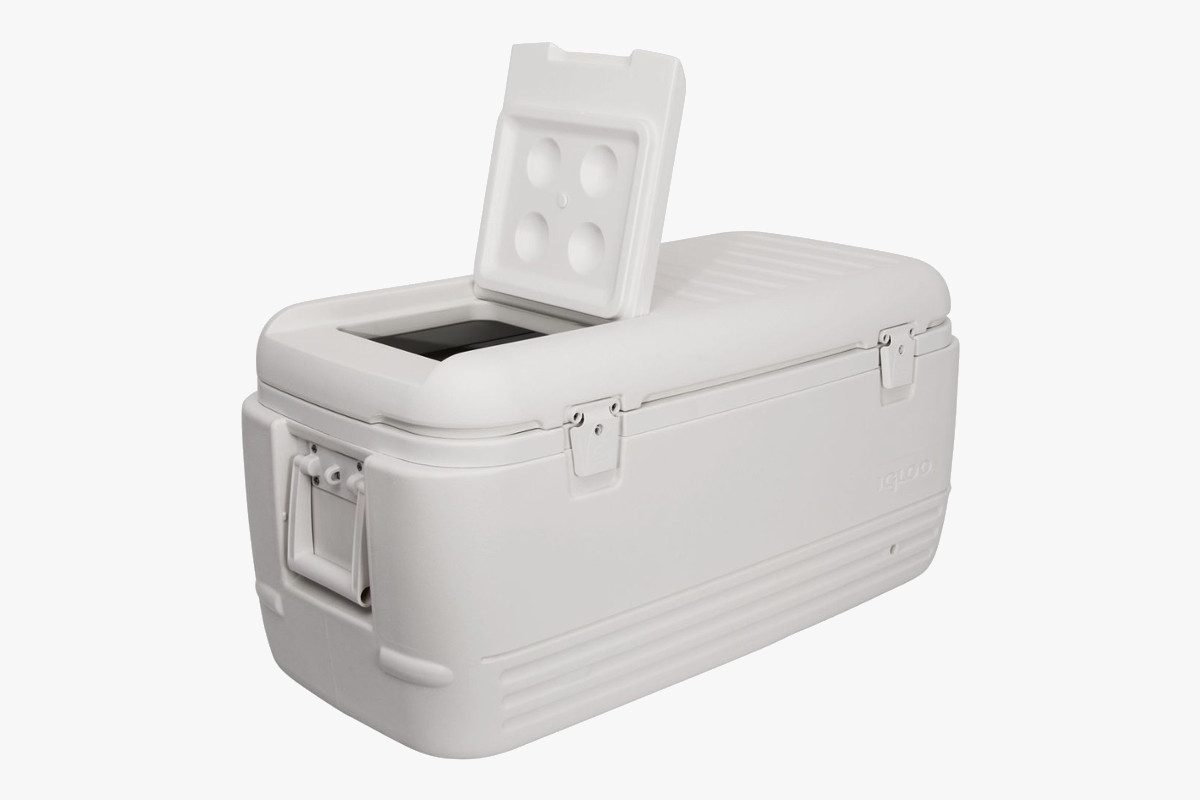


.jpg)








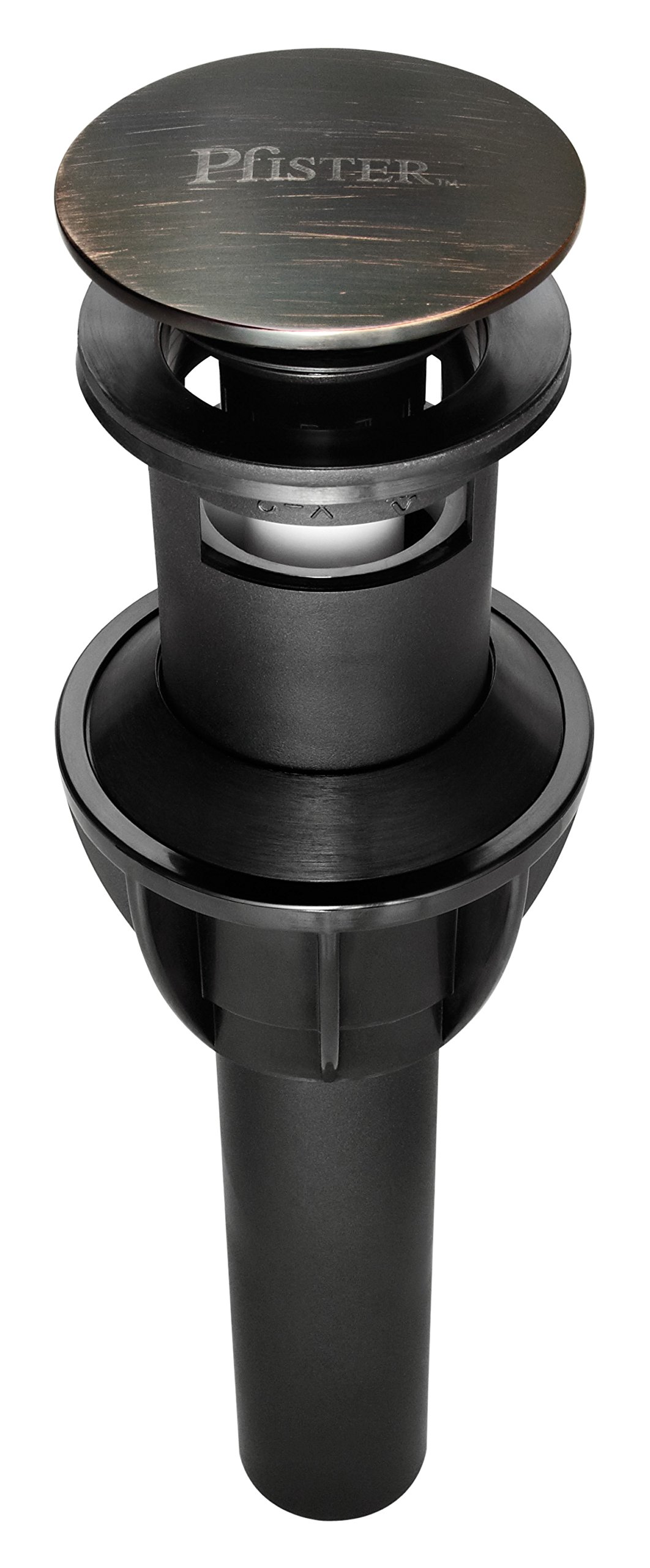
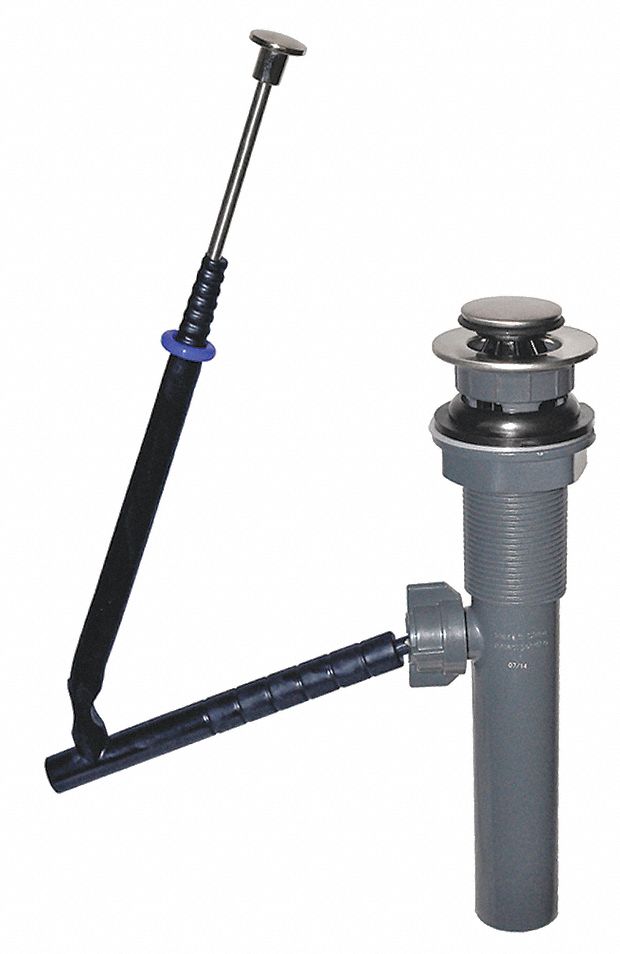






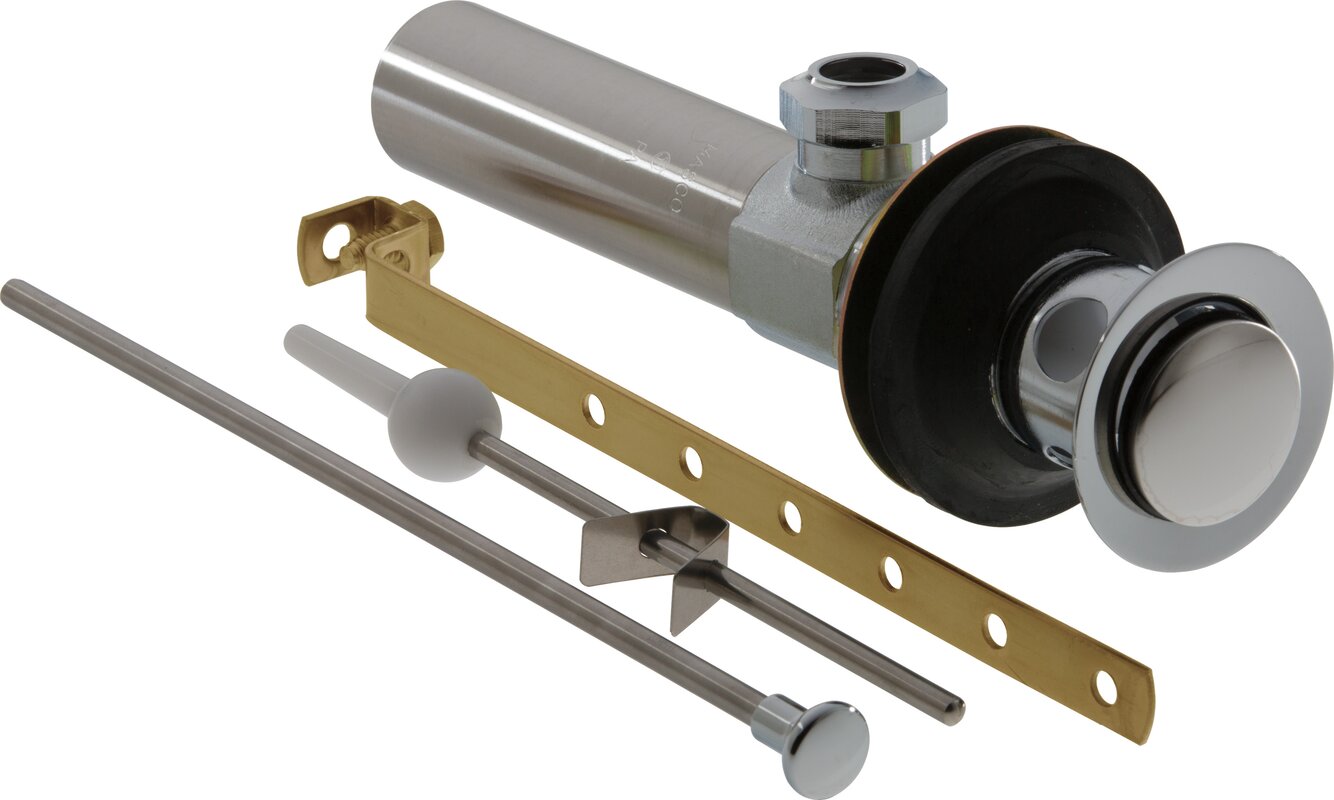

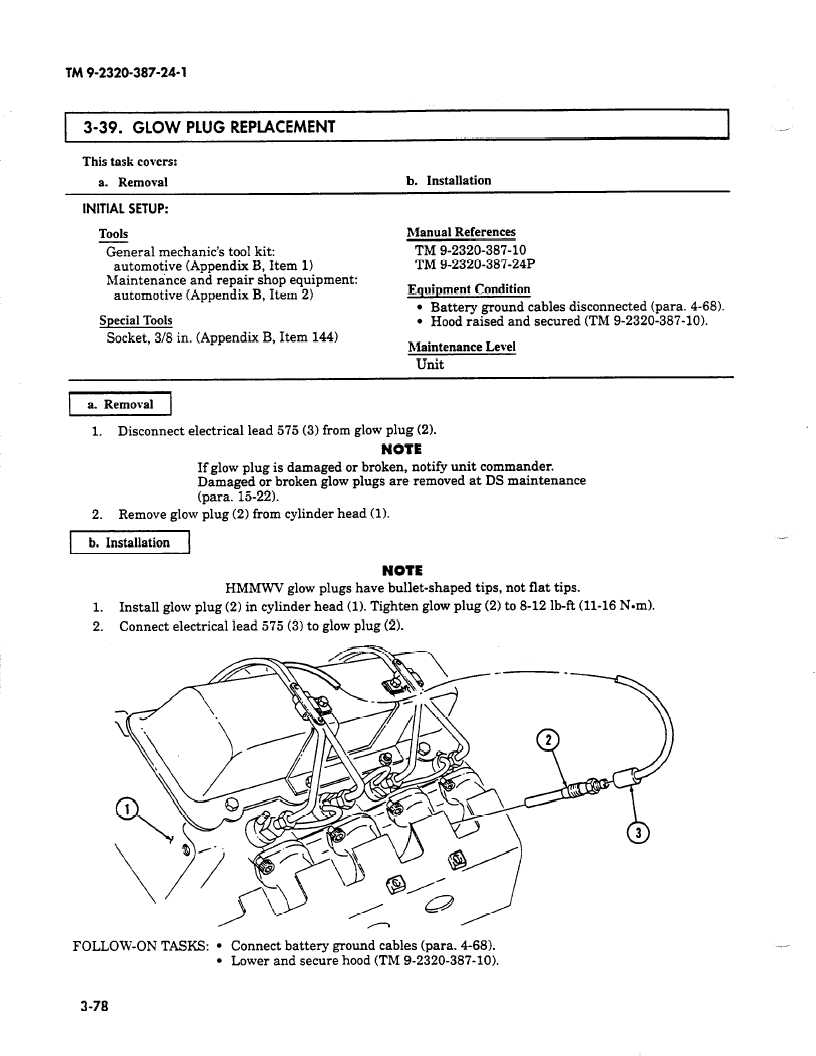
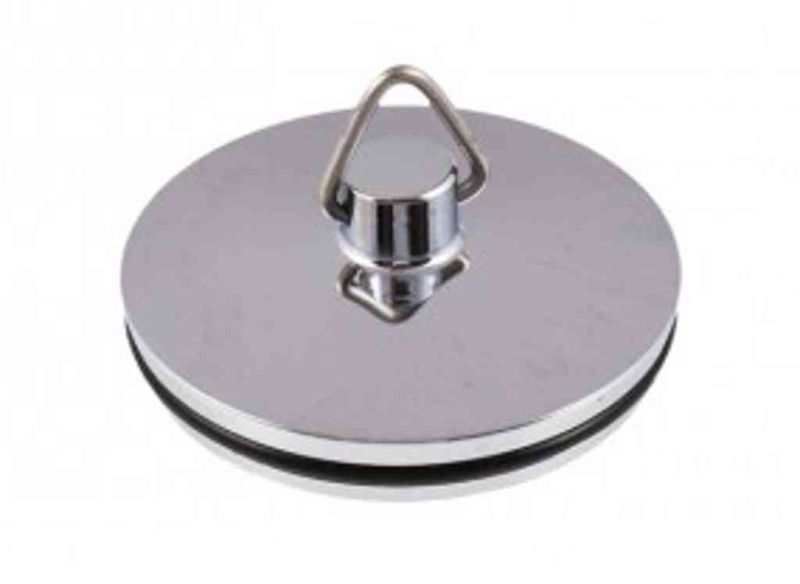
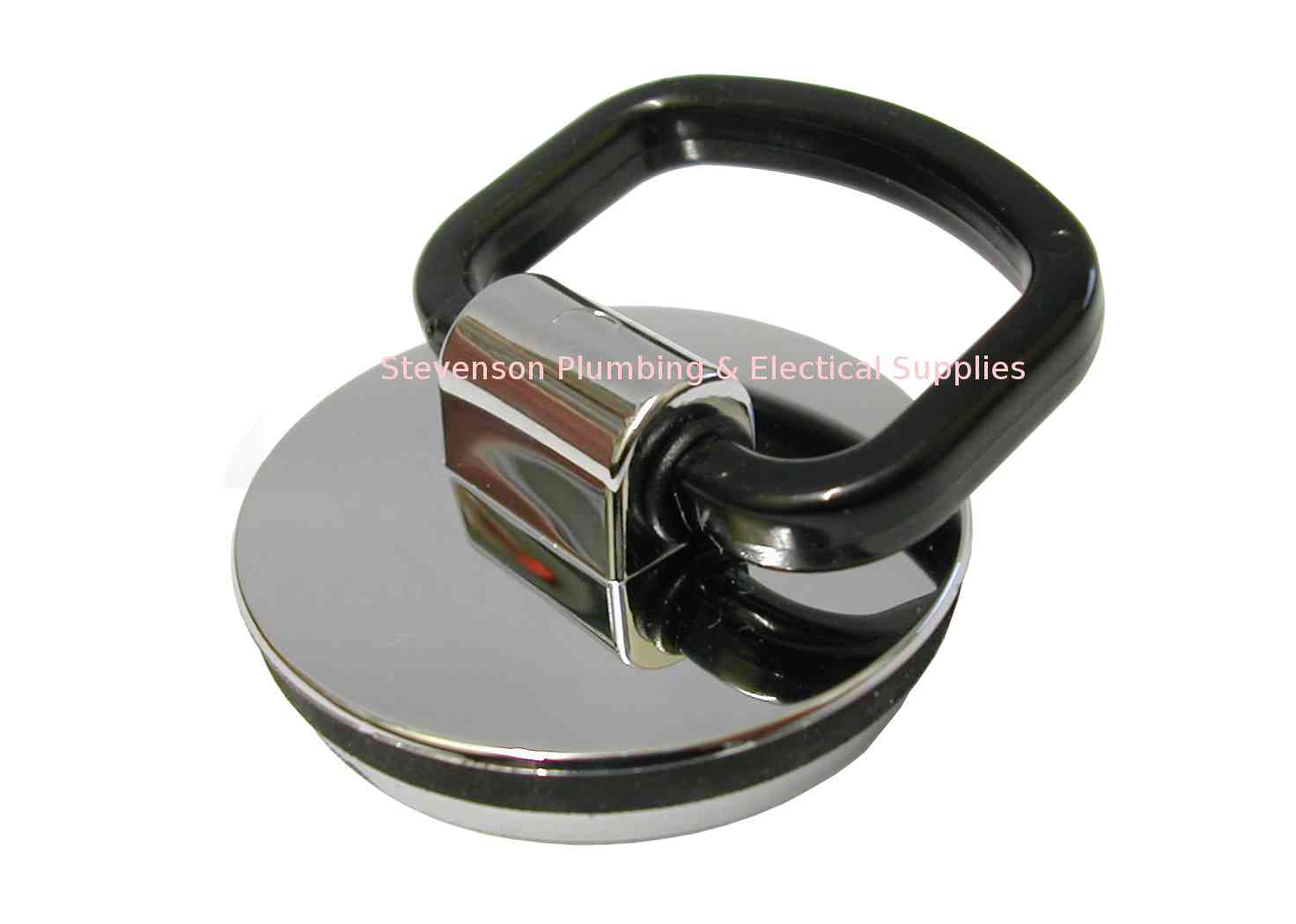

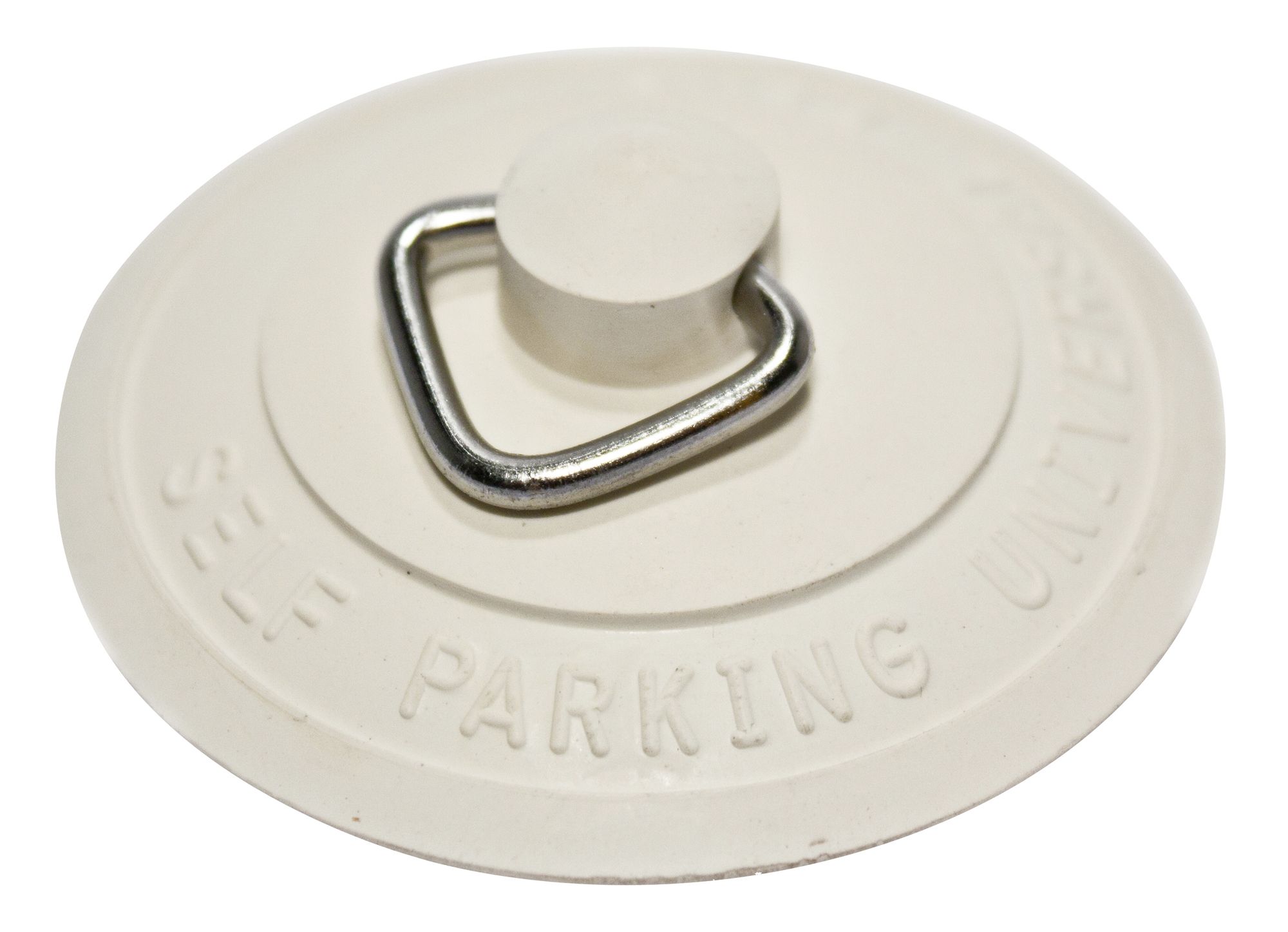
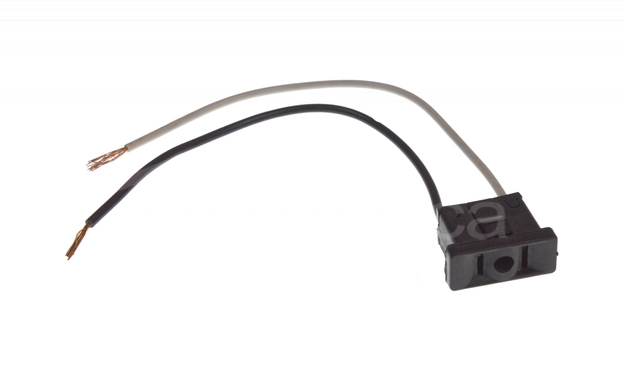
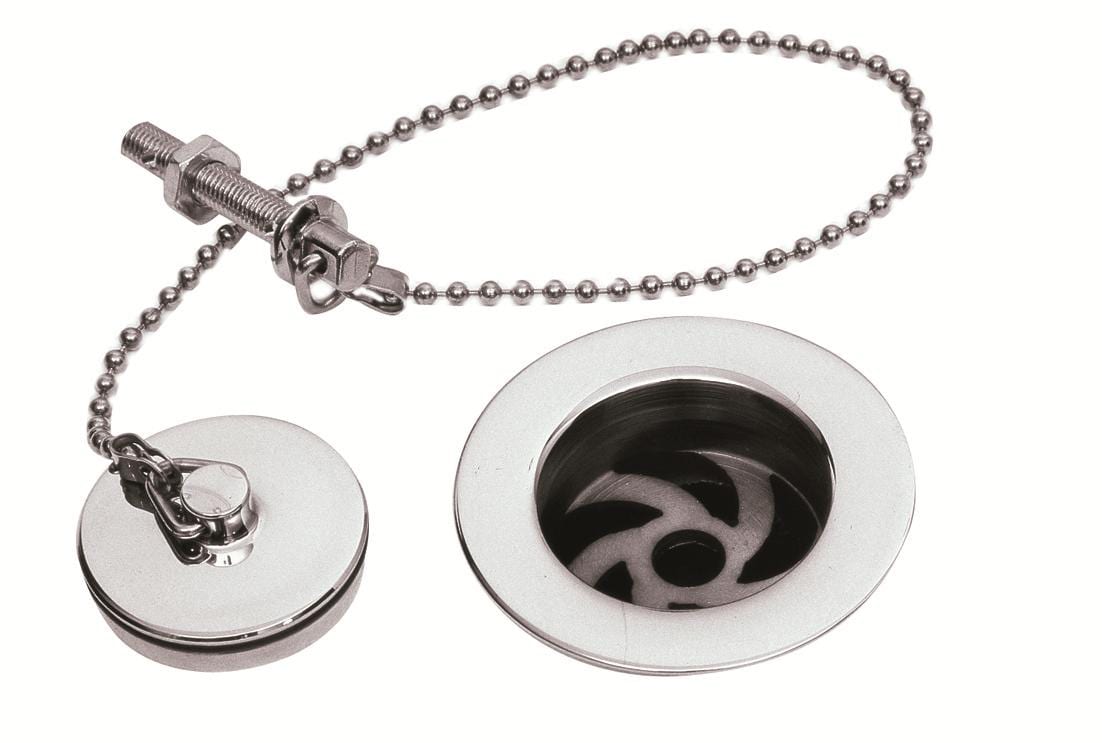

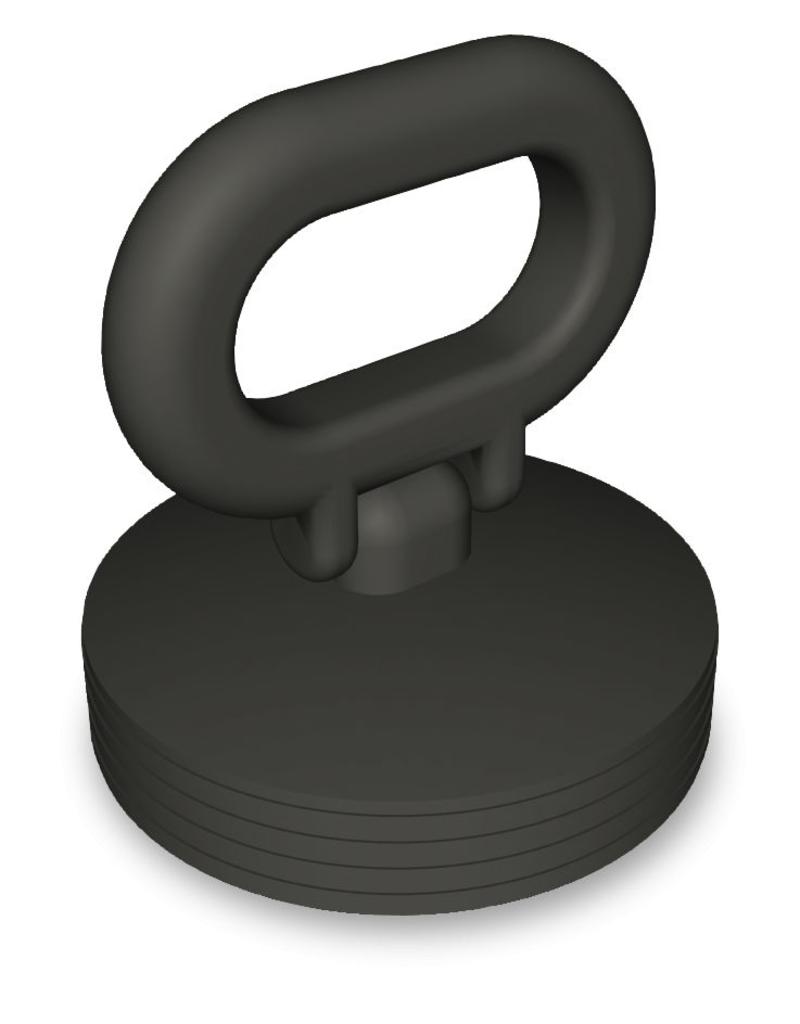
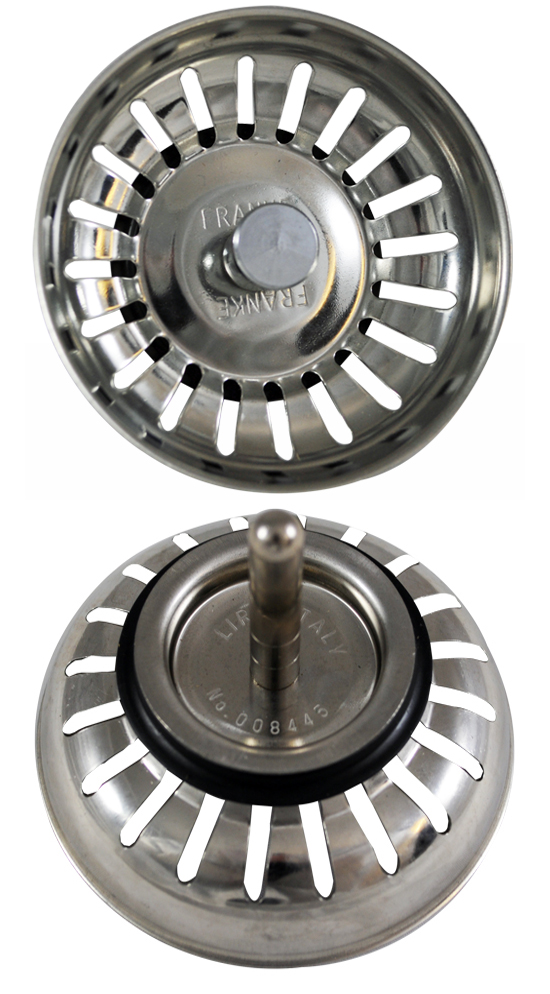
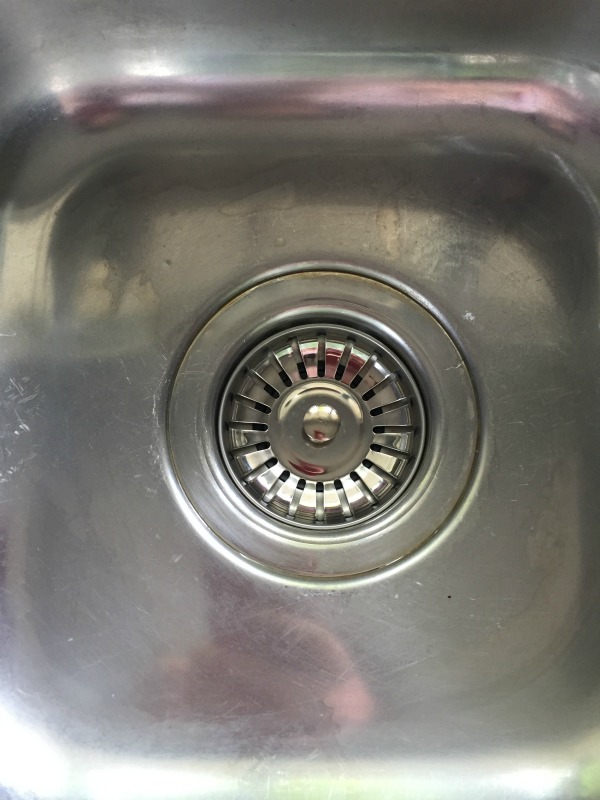

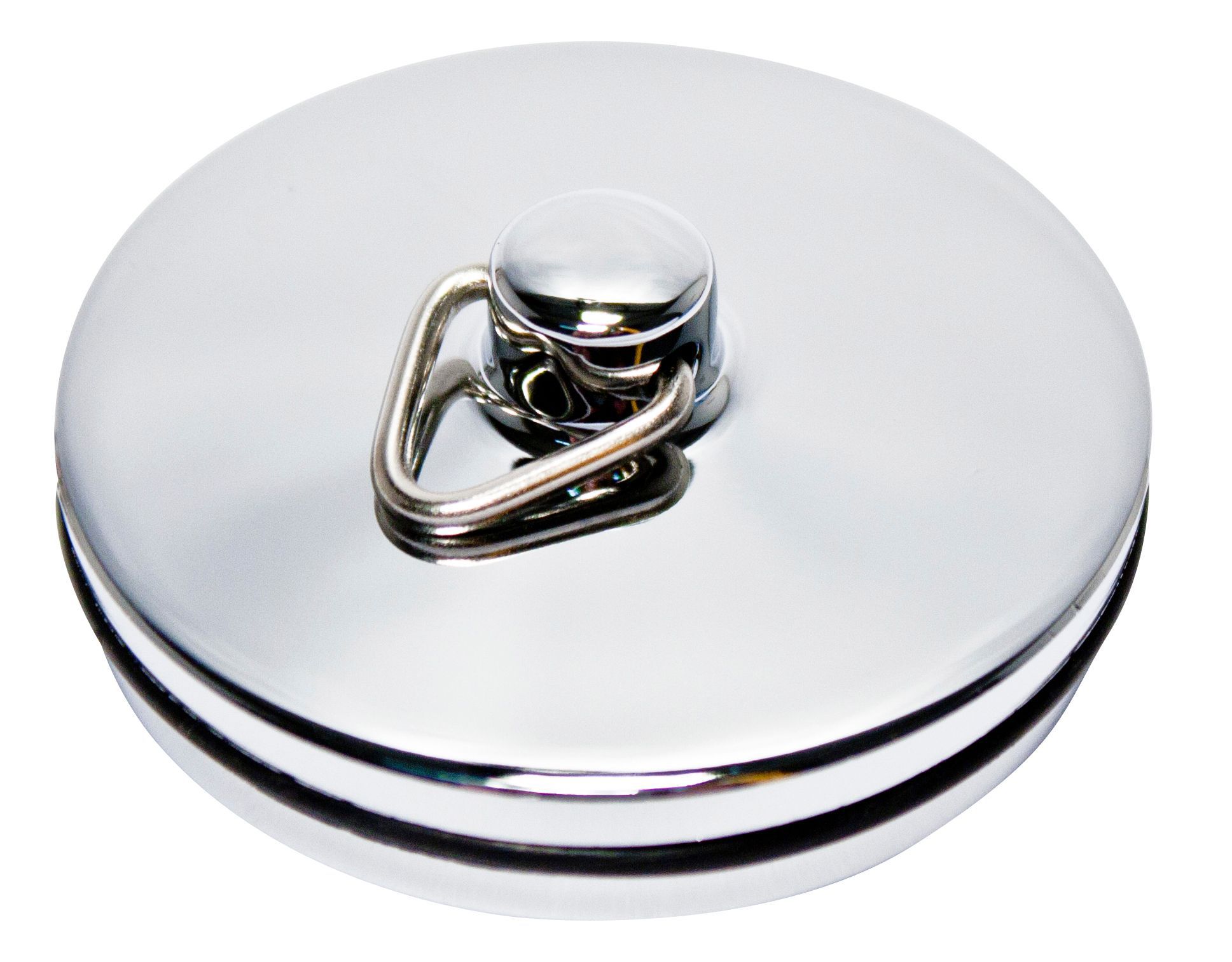



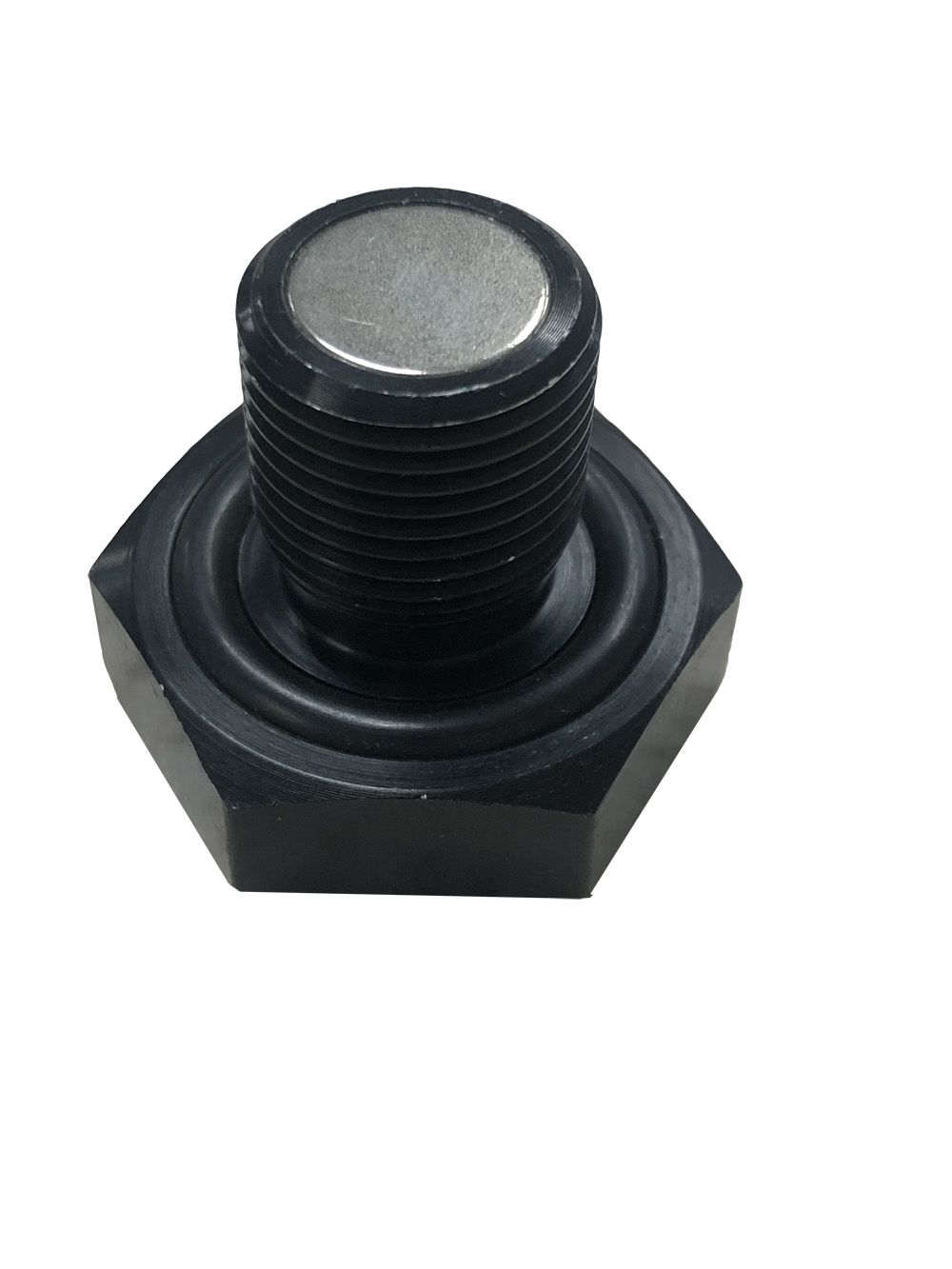
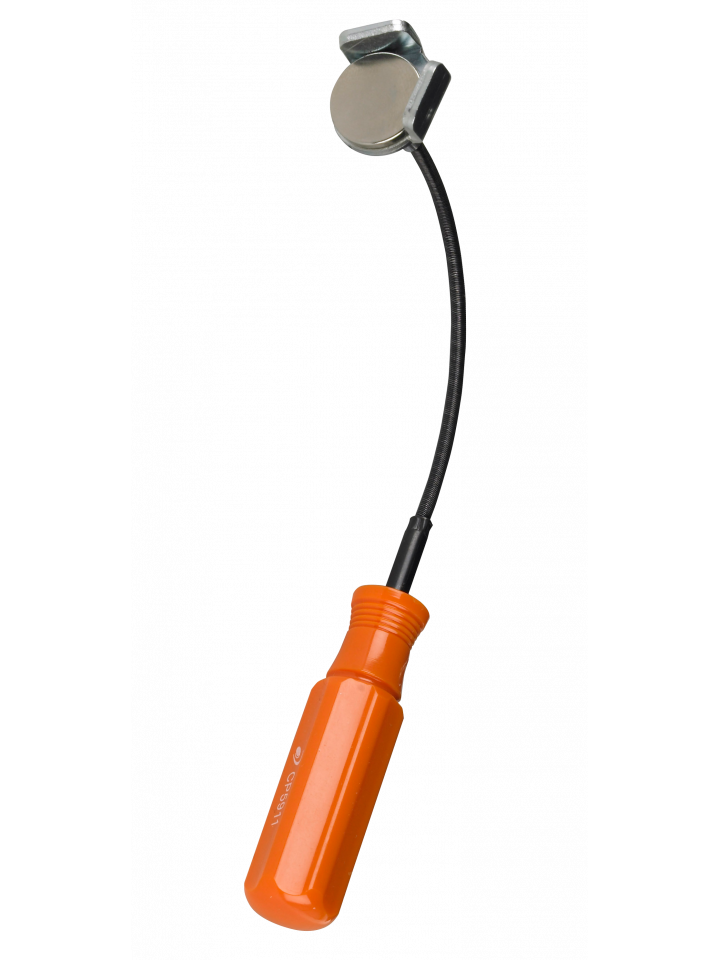

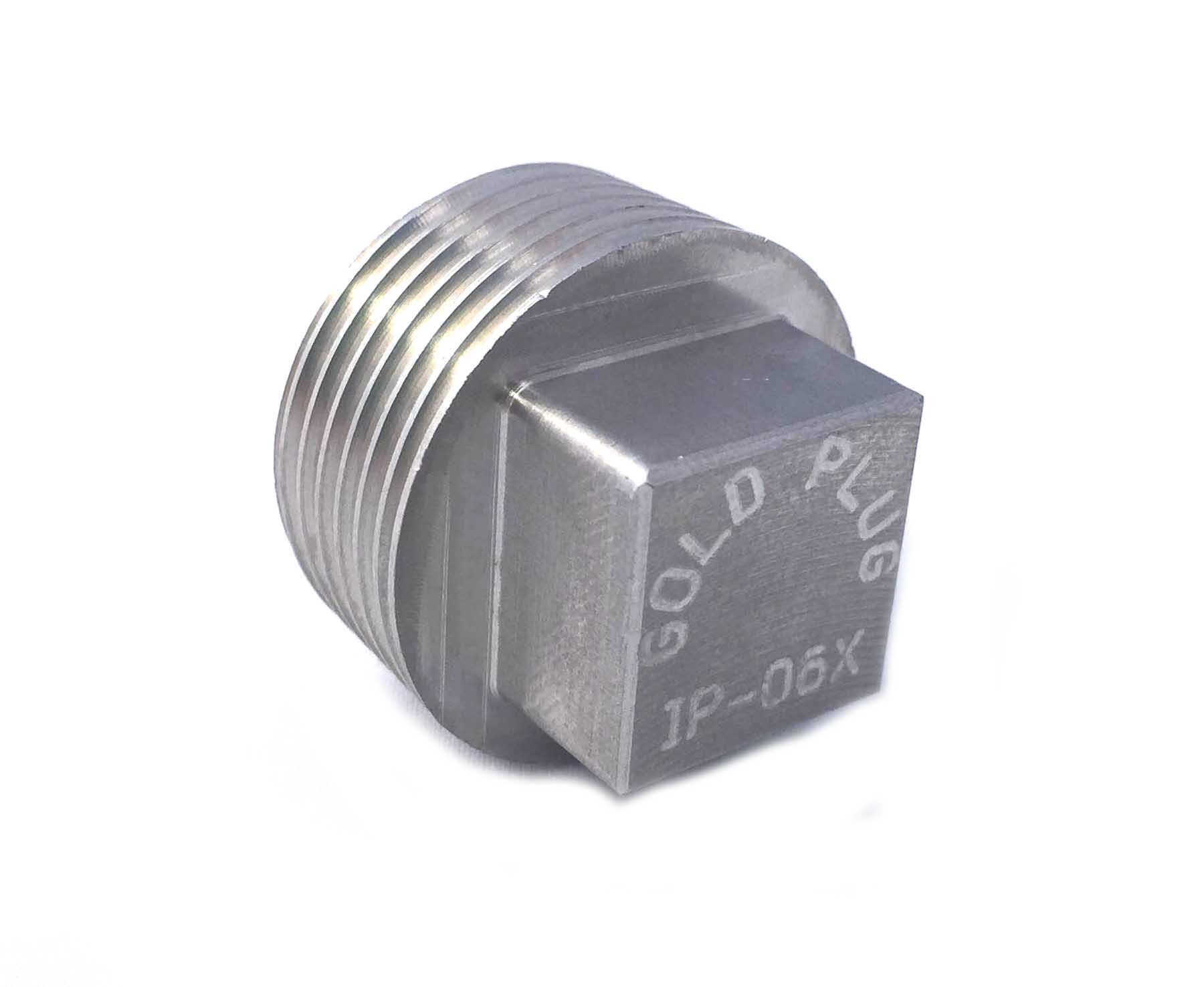
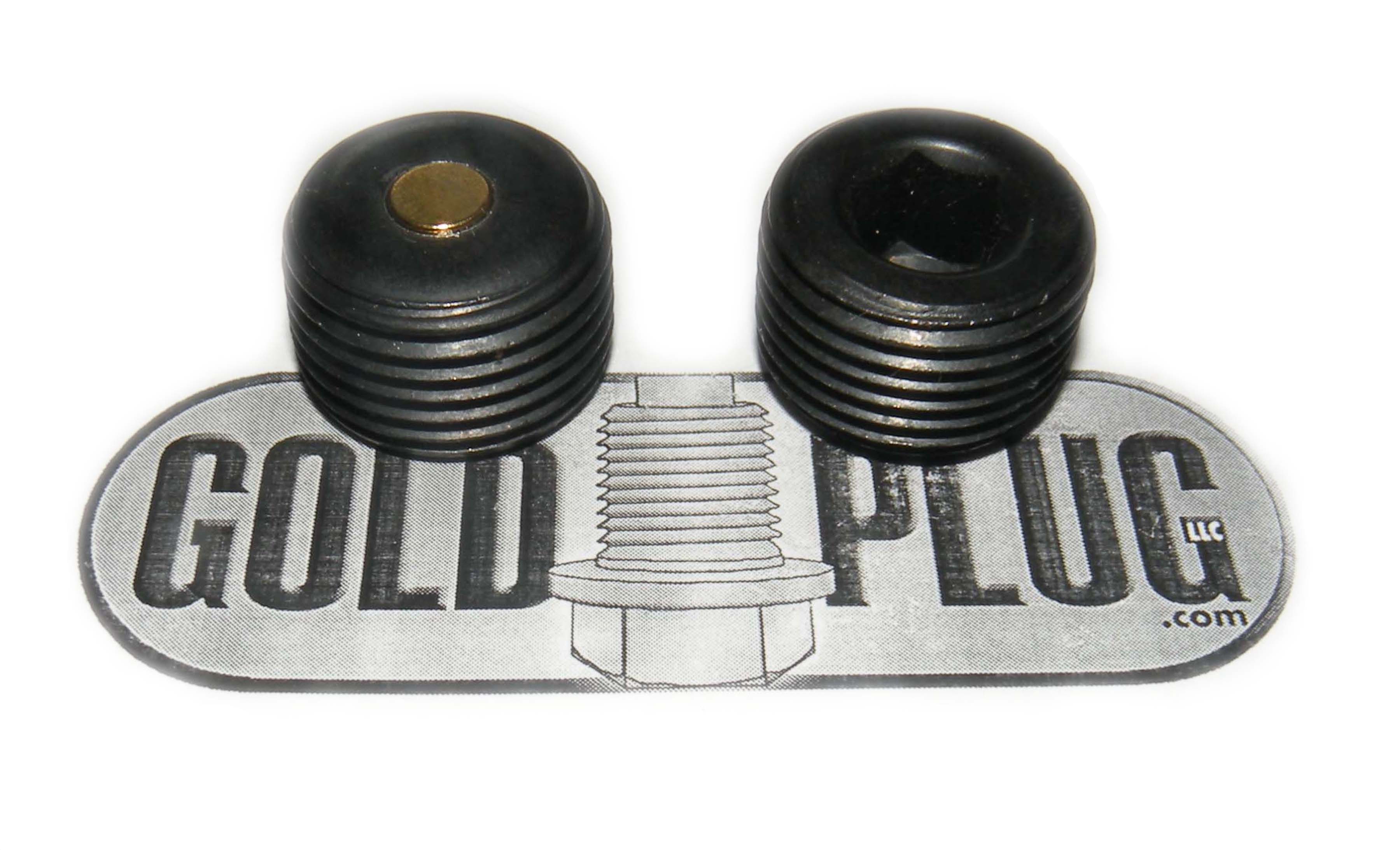
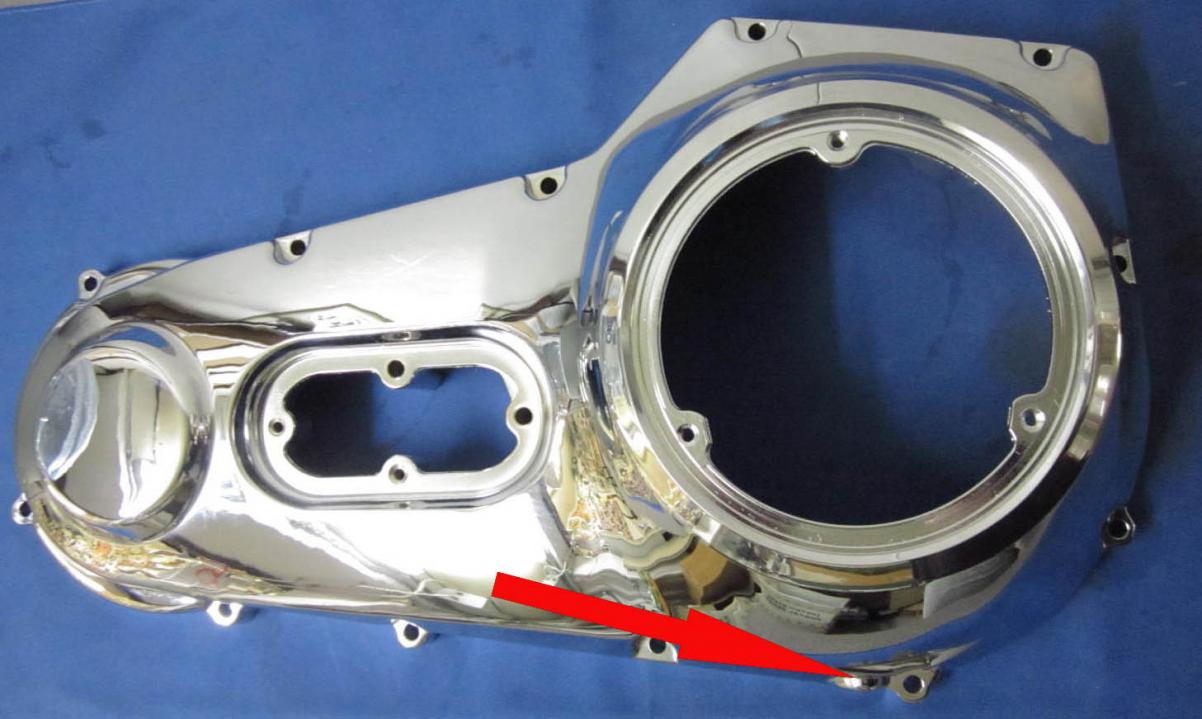

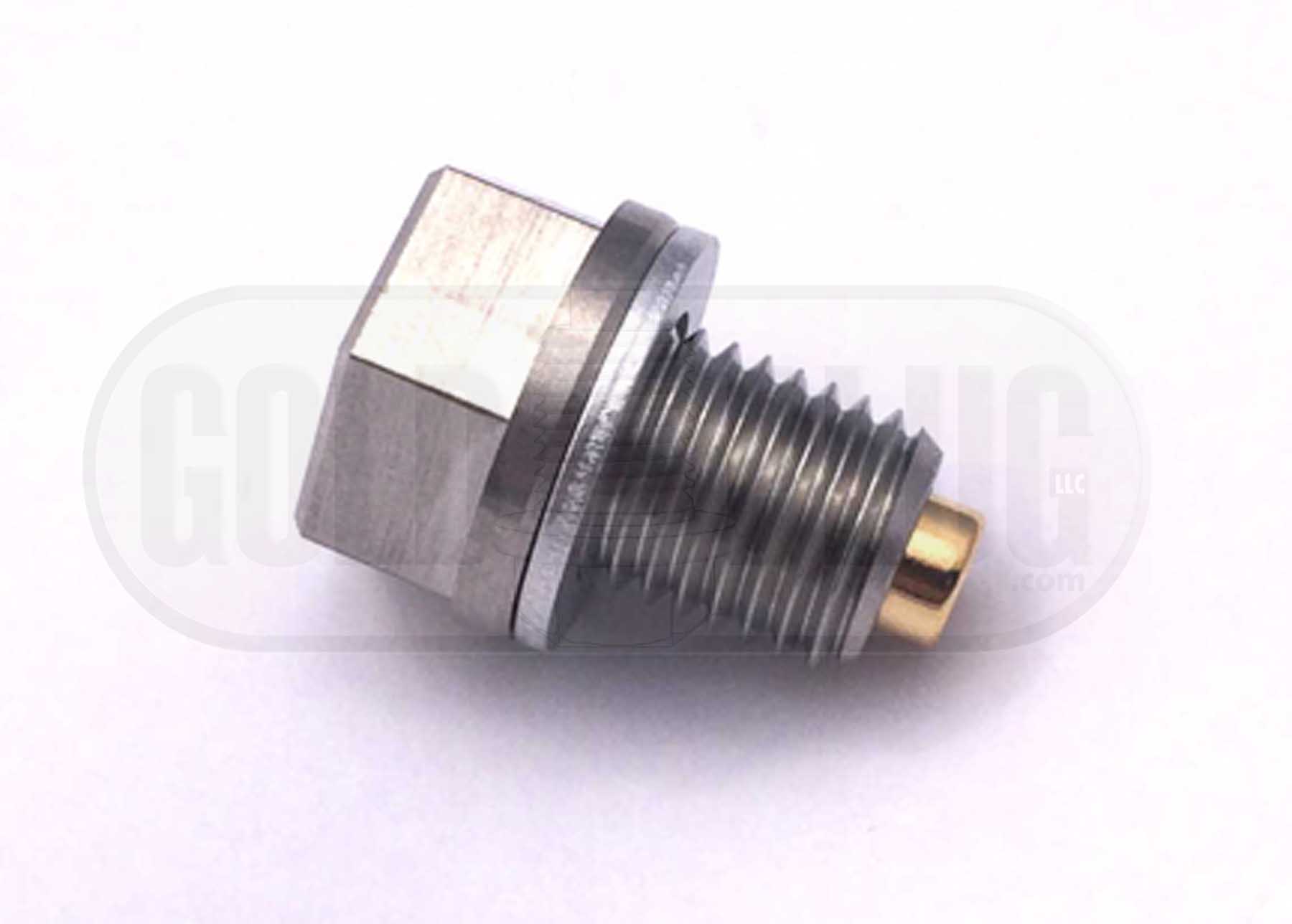

:strip_icc()/blue-accented-living-room-blue-door-01419a80-e2447fc9c9b54fac901a9fdf0b111765.jpg)




